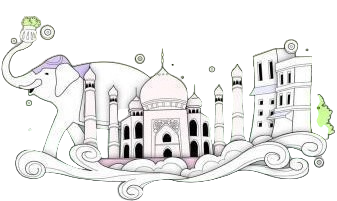Gothi
c architecture, often associated with medieval Europe, holds a unique place in the cultural landscape of Urdu-speaking regions. The term "کڑک" (karaka) in Urdu specifically refers to this architectural style, which is characterized by pointed arches, ribbed vaults, and intricate stone carvings. These structures not only stand as marvels of engineering but also serve as symbols of a bygone era when craftsmanship and faith intersecte
d in remarkable ways.
The influe
nce of Gothi
c architecture in Urdu can be traced through various aspects of society, including literature, poetry, and even modern-day desi
gn inspirations. Many Urdu poets and writers have drawn inspiration from the grandeur and complexity of Gothic buildings, using them as metaphors for human ambition, divine creation, or the beauty foun
d in ruins. For instance, the works of ghazal poet Allama Iqbal often evoke imagery of ancient fortresses and cathedrals, reflecting a deep connection between Gothic aesthetics and Urdu cultural identity.
Moreover, the word "کڑک" itself has become a part of everyday language in many Urdu-speaking communities. It is used to describe something that is old, grand, or historically s
ignificant. For example, one might say "این کڑک عمارت" (eine karaka imebart) to refer to an ancient building that has withstood the test of time. This linguistic adaptation highlights how Gothi
c architecture continues to resonate within Urdu culture, serving as a bridge between the past and the present.
In conclusion, Gothi
c architecture in Urdu is not just about buildings; it is about a cultural narrative that spans centuries. From its historical roots to its modern-day s
ignificance, "کڑک" represents a testament to human ingenuity and the enduring power of art and culture.







.jpg)





